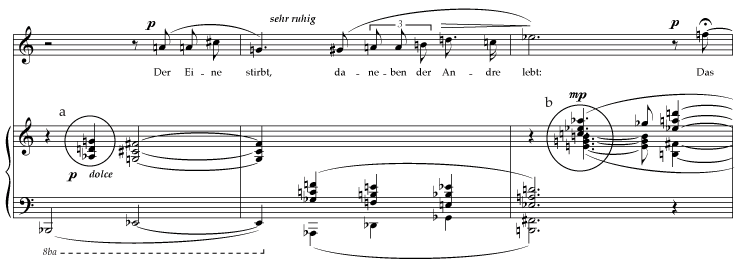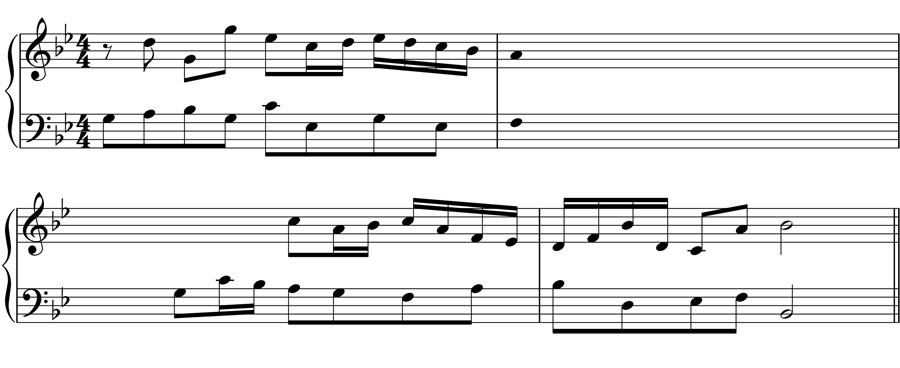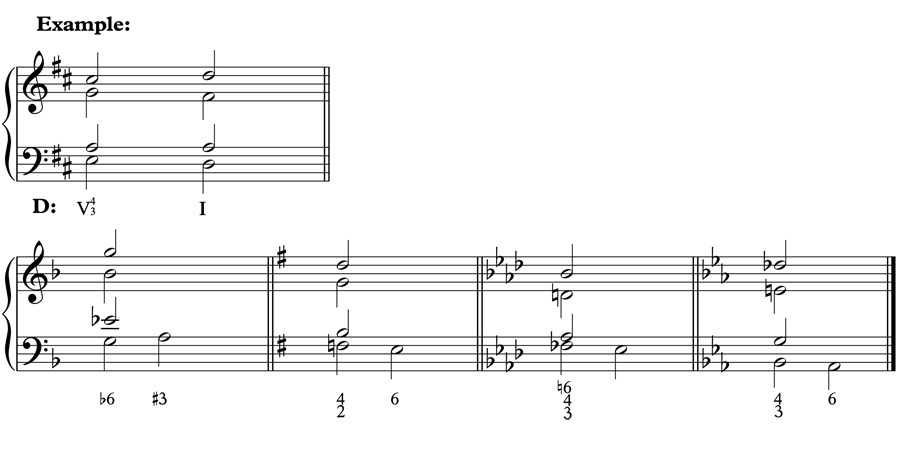This examination tests general knowledge and skills in the area of music theory and analysis.The actual examination must be completed in 90 minutes and will be graded with PASS or FAIL.
General Study Suggestions
- Kostka, Stephan and Dorothy Payne. Tonal Harmony: With an Introduction to Twentieth-Century Music. 7th edition. McGraw-Hill, 2012. There is an accompanying workbook that could prove helpful in preparing for the exam, and includes 2 CD’s worth of audio recordings of the musical examples in the workbook. The main text itself also has many “self-tests” with answers in the back.
- Kostka, Stephan. Materials and Techniques of Twentieth-Century Music. 3rd edition. Prentice Hall.
- Straus, Joseph N. Introduction to Post-Tonal Theory. 3rd edition. Pearson Prentice Hall, 2005.
- Simms, Bryan R. Music of the 20th Century. 2nd edition. Schirmer Books, 1996
- Green, Douglass M. Form in Tonal Music: an Introduction to Analysis. 2nd edition. Hort, Renehart and Winson, Inc., 1979.
In multiple-choice questions, there may be more than one correct answer. Respond by selecting all the correct answers
where appropriate. If any part of the answer is incorrect, the entire answer may be regarded as incorrect. As you complete each section, click the “Reveal Answer” button to check your work and get some suggestions for further study in that area.
Error Detection: Questions 1-5 refer to the example below. Indicate the problem(s) for each of the numbered places in the example. Problems may encompass the chord immediately preceding the numbered chord. Note that question 5 refers to both of the final two chords.

Example A. Bartok, “Free Variations” from Mikrokosmos, Vol. 6

6. What pitch source is used in example A (above)?
Example B. Alban Berg, “Warm die Lüfte” Op. 2, No. 4, mm. 20-25

7. The circled harmonies (a and b) in Example B (above) are best described respectively as:
Example C. Row from Berg’s Lyric Suite (1926)

8. From Example C, consider a hexachord A to be the prime form. How does hexachord B relate to hexachord A?
9. From Example C, the prime form of the first tetrachord of the row is:
Example D. Bartok, Mikrokosmos, no. 142

10. Which of the following compositional characteristics are found in Example D above?
Download and print this music example to answer questions 11-17.
18. Continue the modulating 2-voice sequence (Download PDF) so that it leads smoothly to the concluding measures.
19. Identify and resolve each of the given chords. Provide key and Roman Numerals for all chords. (Download PDF)
20. Add soprano, alto, and tenor voices as well as a Roman numeral analysis to complete the example according to the given figured bass. Your realization should demonstrate the voice-leading principles of the common-practice period. (Download PDF)


